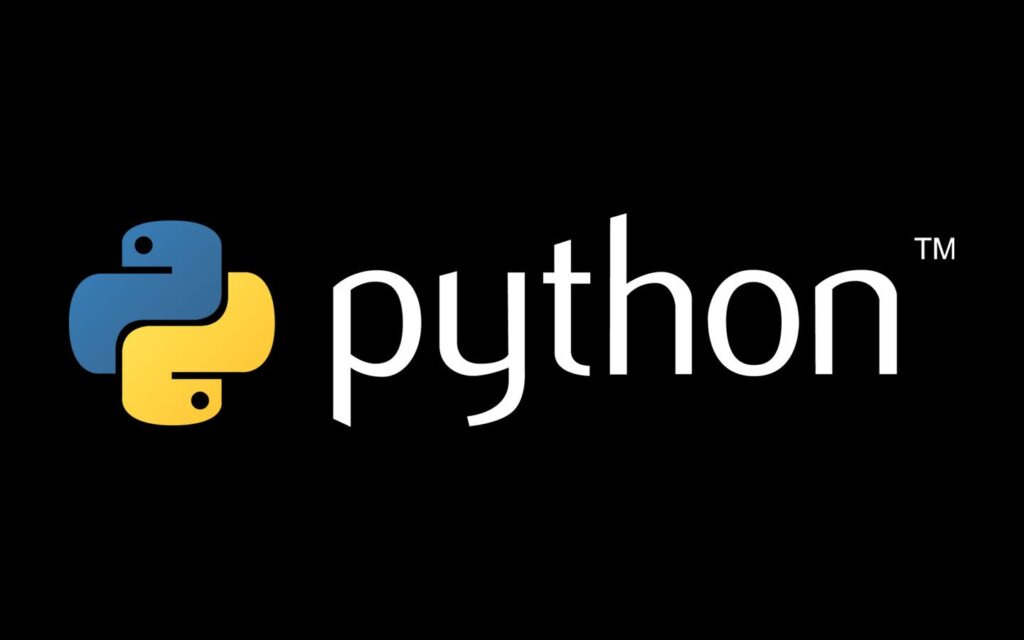Python Object Oriented Programming (OOP) – For Beginners

Python is a good language for beginners to learn. It is an interpreted, high-level programming language with a simple, readable syntax. Python’s simplicity and ease of use make it an excellent language for beginners to learn, as it allows them to focus on learning programming concepts and principles without getting bogged down by the complexity of the language itself.
Many resources are available for learning Python, including online tutorials, books, and video courses. In addition, Python has a large and active community of users and developers, which means a wealth of online documentation and support for people learning the language.
Python is an excellent choice for beginners interested in learning to program. Its simplicity and versatility make it a perfect language to learn as a first programming language. Its large and active community means many resources are available for people learning the language.
Python And Object Oriented Programming
Python is an object-oriented programming (OOP) language. OOP is a programming paradigm based on the concept of “objects,” which can contain data and code that manipulates that data. In Python, everything is an object, and objects can be grouped into classes, which can be used to create new objects.
Some key features of Python’s OOP support include:
- Encapsulation: Python allows users to define classes containing data (attributes) and code (methods) related to that data. This can help to organize and modularize code, making it easier to maintain and reuse.
- Inheritance: Python allows classes to inherit from other classes, allowing users to create new courses based on existing ones. This can be used to reuse code and to create hierarchies of classes.
- Polymorphism: Python allows users to define methods in classes with the same name but that behave differently depending on the context in which they are used. This can allow for greater flexibility and code reuse.
Python’s support for OOP makes it a powerful and flexible language for building complex, object-oriented software systems.
Tutorial
In this beginner object-oriented programming tutorial, I will cover everything you need to know about classes, objects, and OOP in Python. This tutorial is designed for beginner Python programmers and will give you a strong foundation in object-oriented principles.
Object Oriented Programming
Object-oriented programming (OOP) is a programming paradigm that uses objects and instances of classes to represent and manipulate data. In OOP, a class is a template or blueprint for creating things; each object created from a class is called an instance of that class.
OOP is based on inheritance, polymorphism, encapsulation, and abstraction.
- Inheritance: allows one class to inherit properties and methods from another class. This allows for code reuse and a more organized structure.
- Polymorphism: allows objects of different classes to be treated as objects of a typical class. This allows for more flexibility in the code.
- Encapsulation: The practice of hiding the internal details of an object and only exposing a public interface. This allows for more control over the data and methods within an object.
- Abstraction: the process of reducing complexity by hiding unnecessary details. This allows for easier understanding and maintenance of the code.
OOP is widely used in modern programming languages like Java, C#, Python, C++, etc. It has been used to develop various applications, from small scripts to large, complex systems. OOP helps provide a clear structure for the code, making it easier to understand and maintain.